Exploring Bees for Kids
If you’re looking for a fun way to learn about bees, check out these engaging activities and crafts that are perfect for exploring bees for kids.
From making honeycomb art to constructing a beehive, there’s something here for everyone! Plus, it’s the perfect way to get excited for springtime.
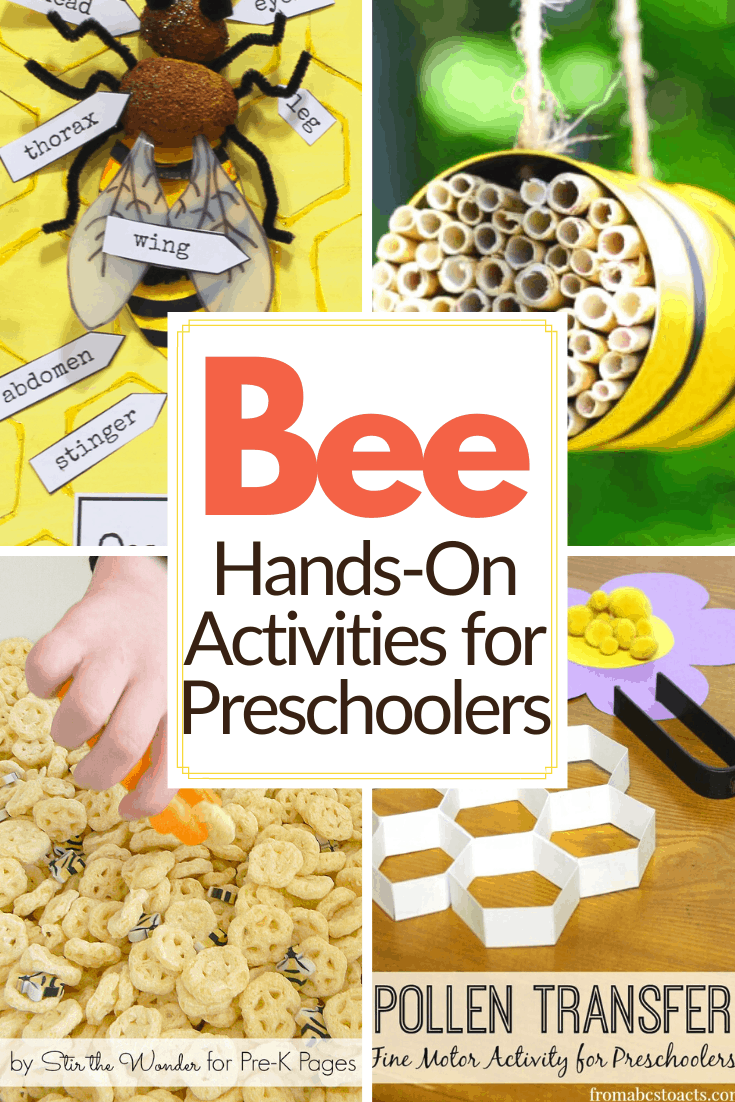
Bees are important in the process of plant pollination. They help flowers grow and produce flowers and fruits.
So, it’s important to teach our kids how important they are. We can do that by teaching them all about bees. These hands-on bee activities for preschoolers will help you do just that.
Whip up a batch of homemade playdough (or grab some from your closet), and let your kids make some playdough bumblebees to act out their favorite bee stories.
This pollination science experiment is a great hands-on way to show children how bees collect and disperse pollen from plant to plant.
Transferring “honey” to the “honeycomb” is a great way for kids to work on fine motor skills while mimicking the activities of bees.
Your kids can be an active part of saving the bees when they create a mason bee habitat to hang outside.
This bumble bee kids snack is perfect for sharing at class parties, sports practice, or just an afternoon at home.
Teach your tots and preschoolers one or more of these https://teachpreschool.org/2018/06/28/harvesting-our-own-honey-bee-nectar/. They’ll go great with any of the bee activities you’ve got planned.
Your kids won’t be able to resist pretending to harvest their own bee nectar. This activity is easy to set up, and it will really pique your kids’ interest.
If your kids really get into bees, they may beg for a bee-themed birthday party! Here are a few great ideas to help you set that up.
Honey bees for kids! Get ready to learn this this spring and summer with these fun, hands-on honey bee life cycle activities for preschoolers.
Preschoolers will build their fine motor skills with this DIY bee and flower game.
Your budding artist will enjoy learning how to draw a bee with this step-by-step tutorial.
This beehive sensory bin is a fun fine motor and counting activity for preschoolers.
Make a batch of honey playdough that’s super soft and smells delicious!
This bee pollen counting activity will be a hit with your preschoolers, and it’ll help them practice math and counting skills.
This pretend play beekeeping is perfect for your preschool honey bee studies.
This 3D bee anatomy board is perfect for teaching preschoolers about types of bees and parts of honey bees.
This colorful Bee Facts for Kids infographic will help preschoolers learn more about bees.
Children can learn all about bees and the important job they do for us when you set up this Bee Tuff Tray invitation to play.
With all the fun bees for kids activities here, which one will you choose first?
PRESCHOOL BOOKS ABOUT BEES
Fill your book basket with a great collection of books about bees. Most of these books can be found at your local library or used bookstore.
If you have a hard time finding them, you can order them through my Amazon affiliate links by clicking the images below.
Bee & Me – A little girl befriends a bee that takes her on a journey of discovery, revealing an action that every child can take to aid in conservation.
The Honeybee Man – Every morning, Fred climbs three flights of stairs—up to his rooftop in Brooklyn, New York—and greets the members of his enormous family: “Good morning, my bees, my darlings!”
His honeybee workers are busy—they tend the hive, feed babies, and make wax rooms. They also forage in flowers abloom across Brooklyn… so that, one day, Fred can make his famous honey, something the entire neighborhood looks forward to tasting.
The Life and Times of the Honeybee – Why do beekeepers use smoke machines when collecting honey? Can a bee really sting only once? Why do bees “dance”?
In concise, detailed text and abundant illustrations that range from the humorous to the scientific, Charles Micucci offers a wide-ranging and spirited introduction to the life cycle, social organization, and history of one of the world’s most useful insects.
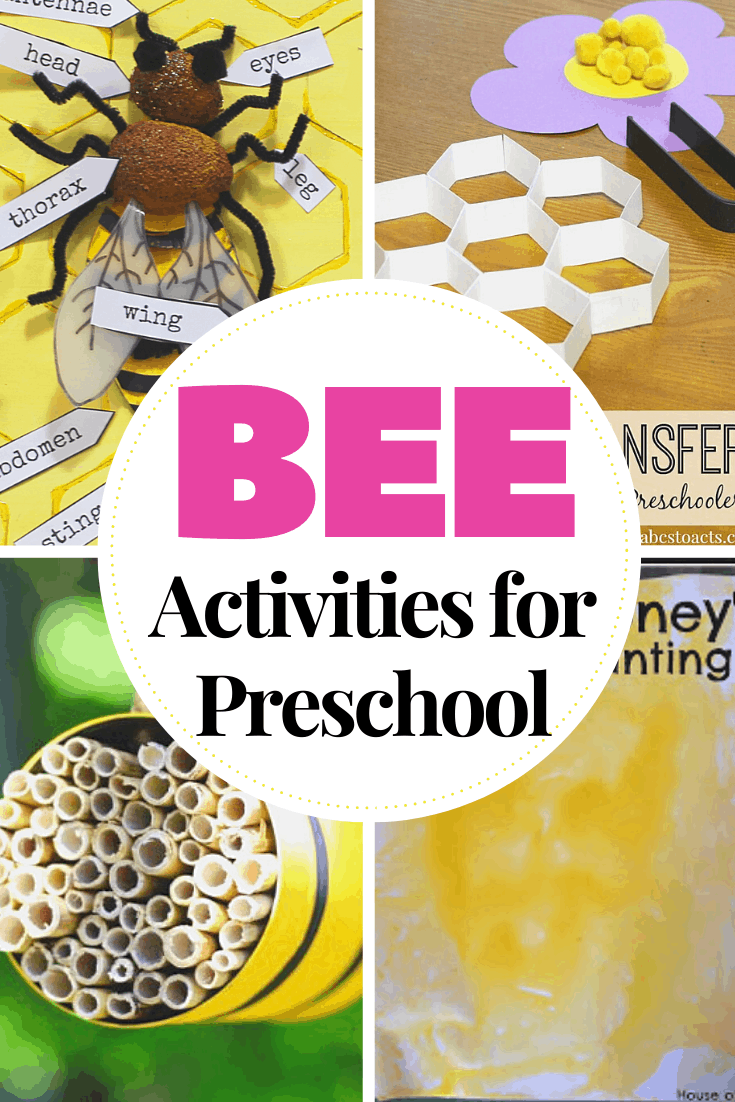
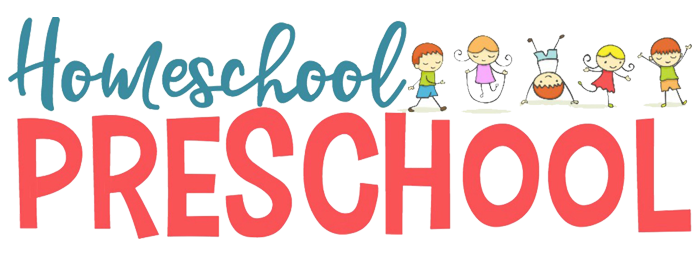

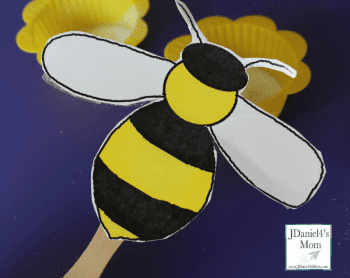
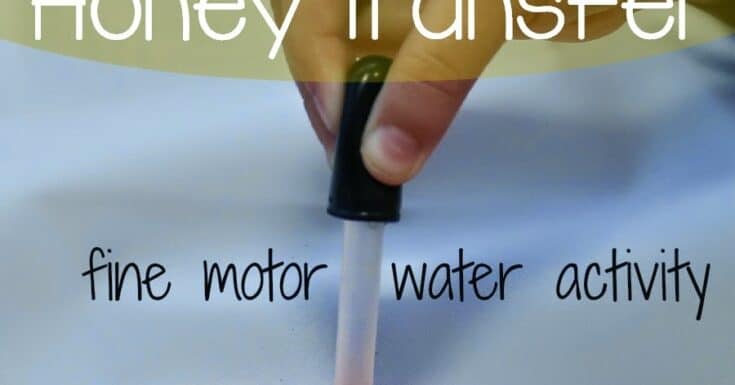
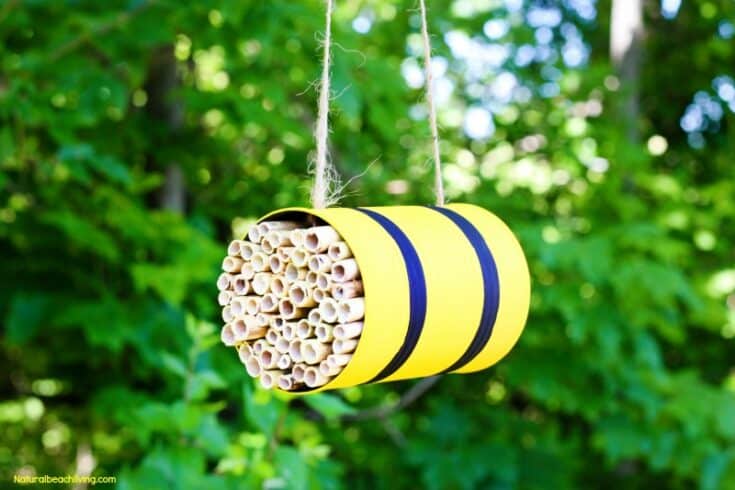
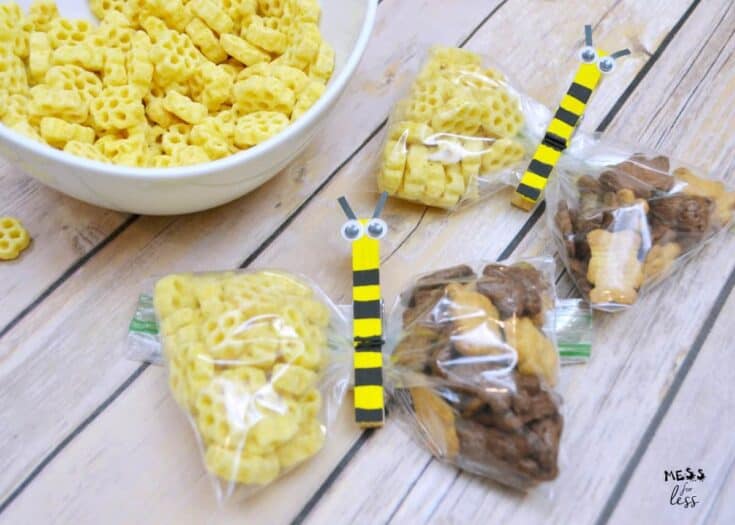
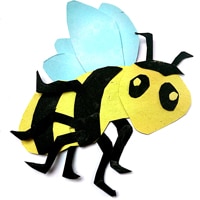
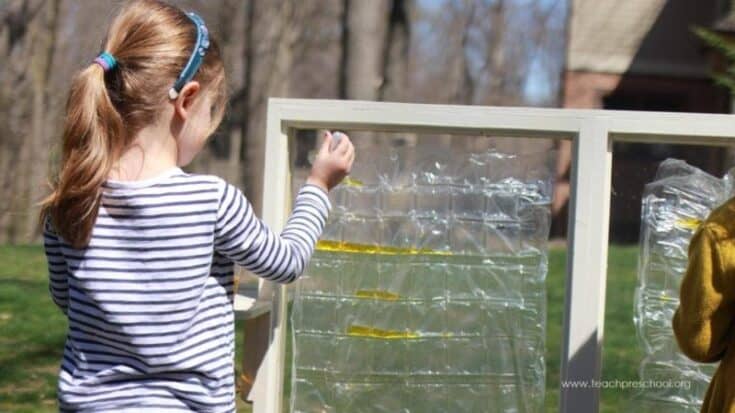
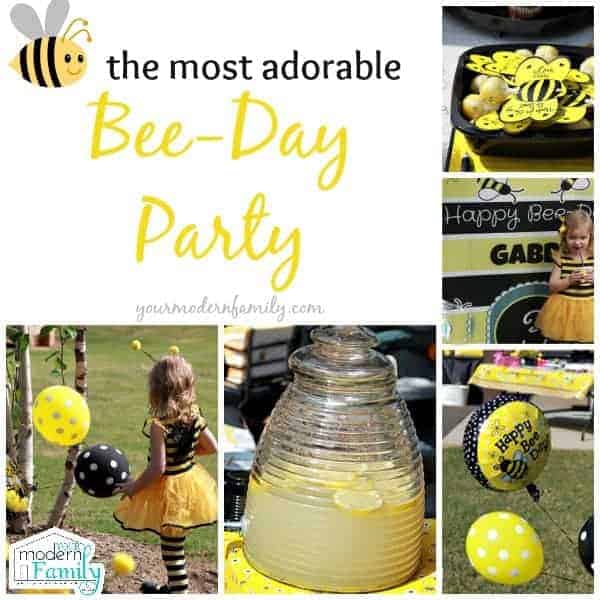
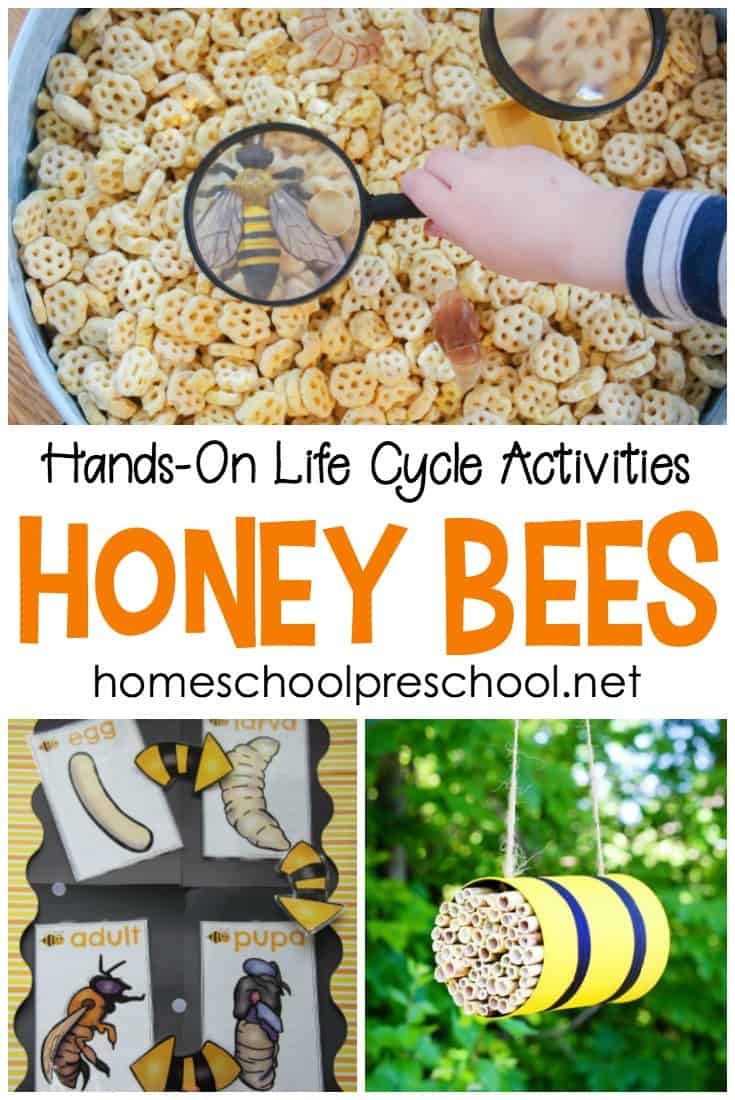
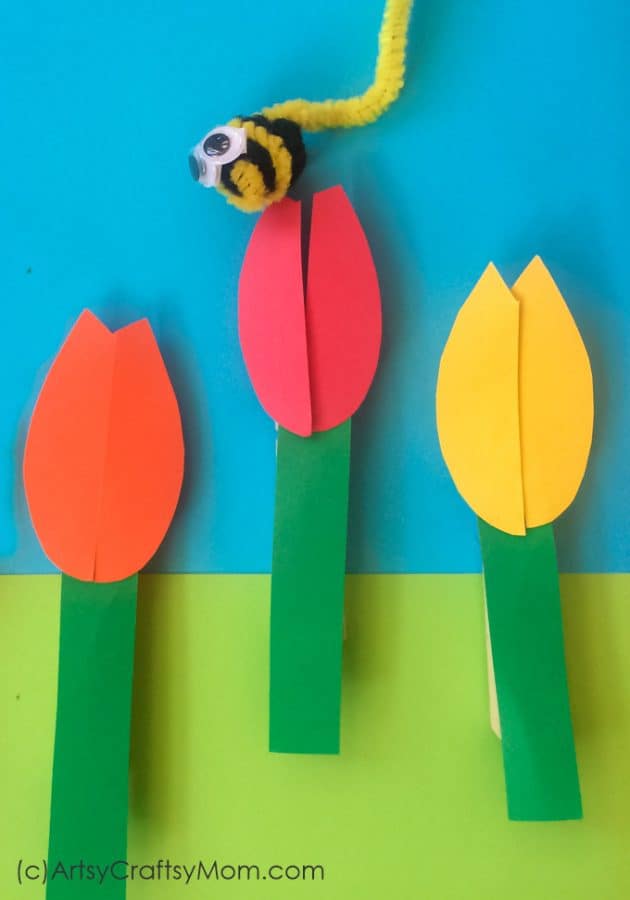
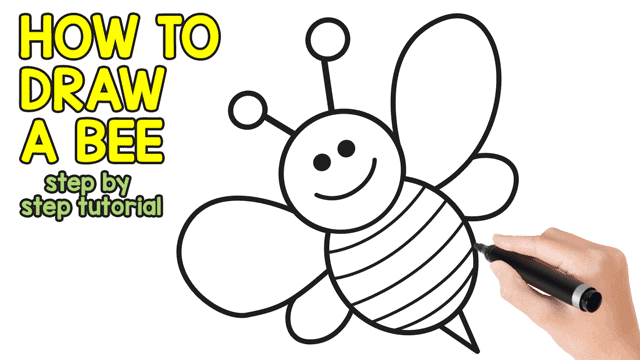
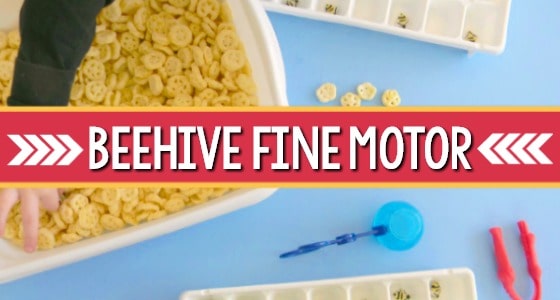
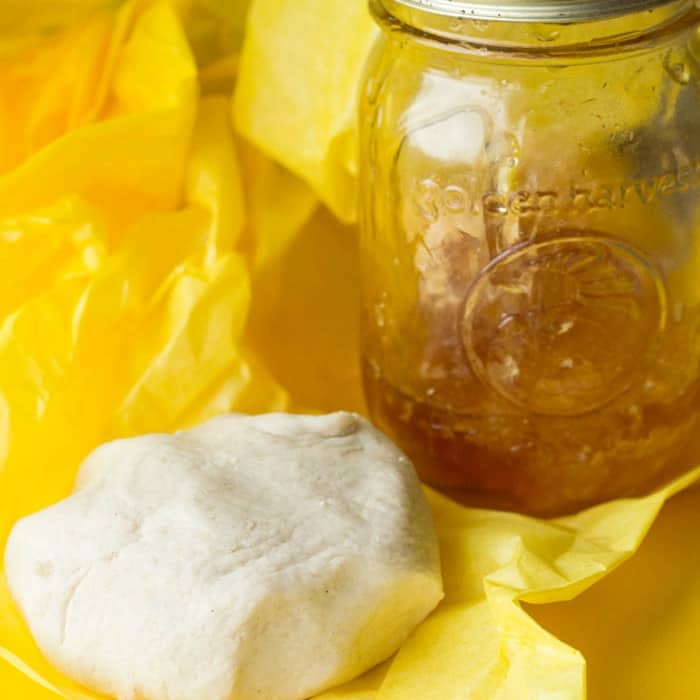
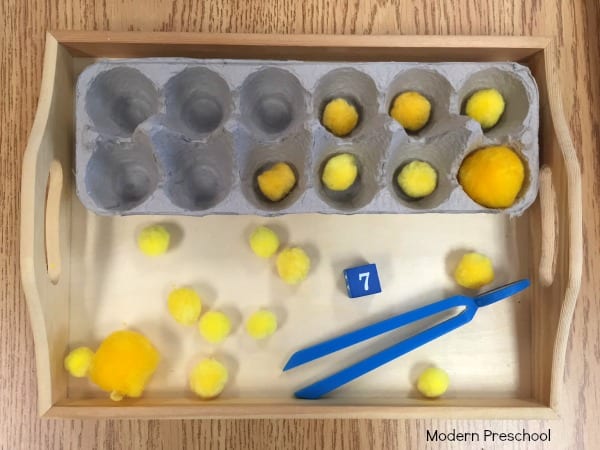
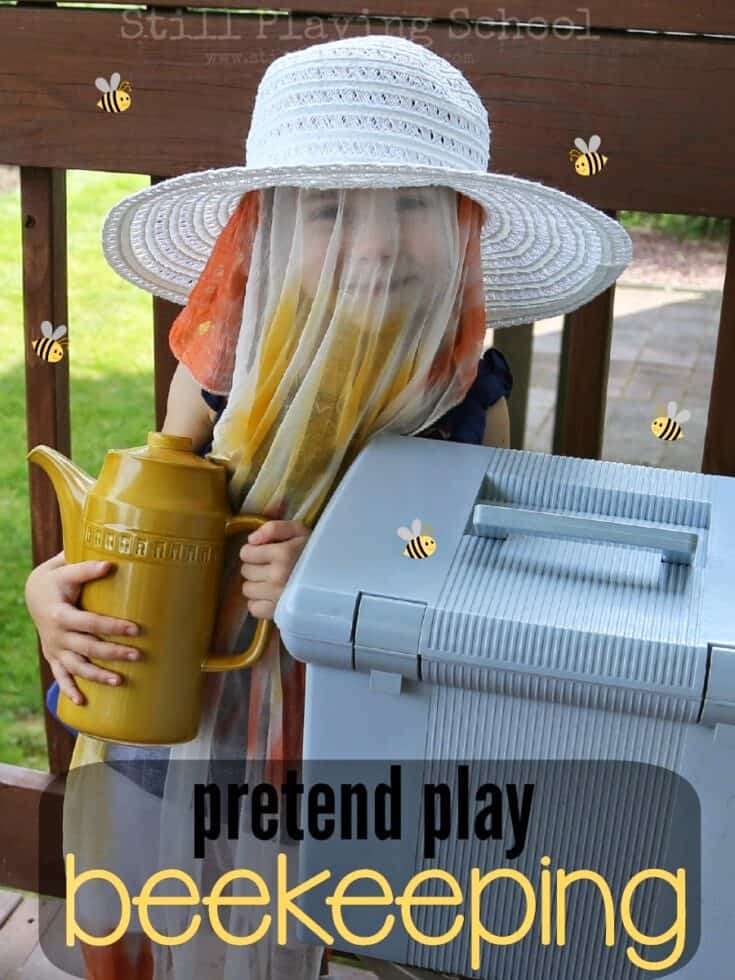
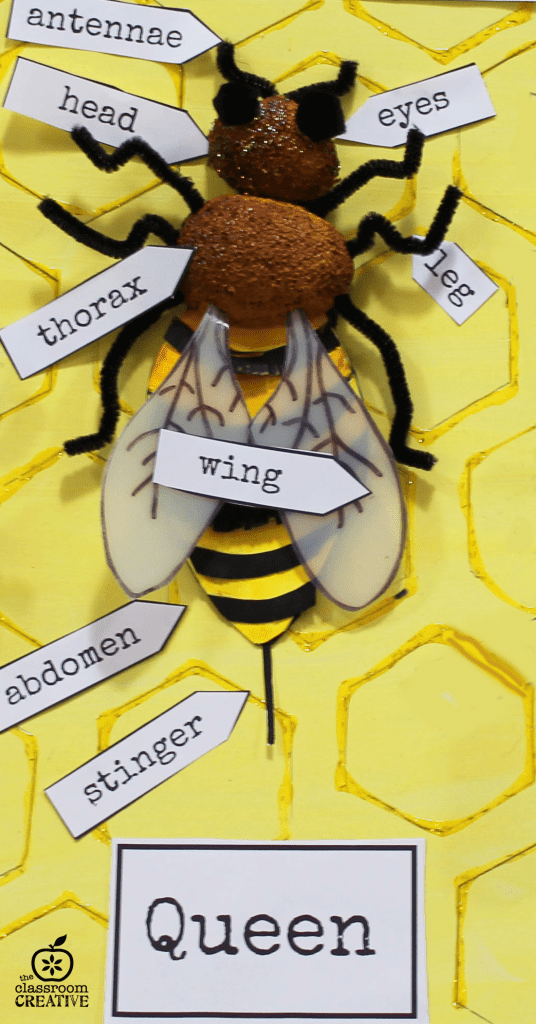
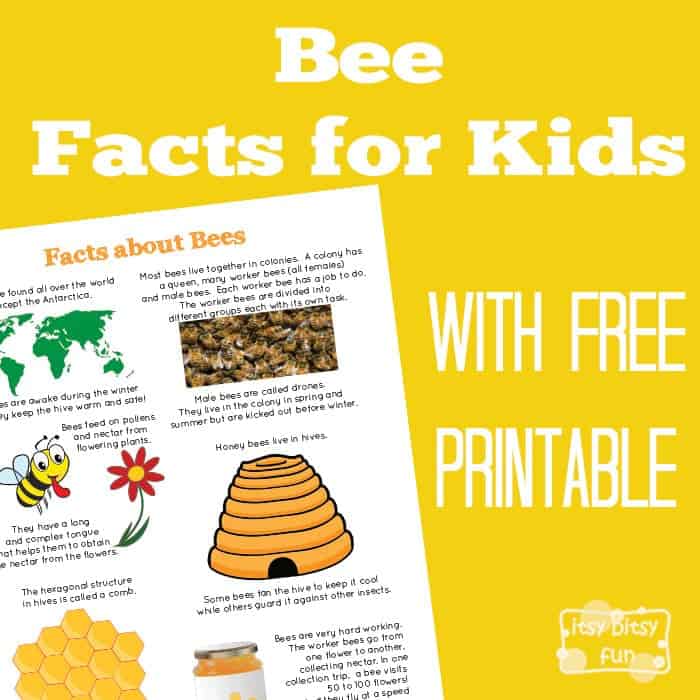




One Comment